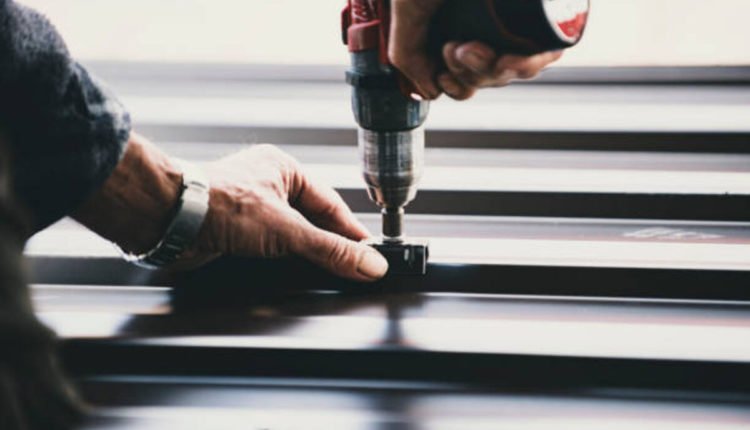The phrase “metal roof” brings up pictures of rusted sheets of tin clinging precariously to a rotting barn for many of the people I deal with. So naturally, they have yet to learn why I would advise a metal roof or why any homeowner would seriously consider it. Best way to find the metal roofing.
Of course, the reality of contemporary metal roofing is very different. First, although metal sheets make excellent roofing for barns, there are other viable options for residences. The home metal roofing I install is made of steel shingles or panels with a concrete coating. They are available in various designs and hues, many of which blend in with traditional roofing materials like asphalt shingles, clay tiles, and even slate.
But the similarities stop there. Compared to other materials, metal roofing has many benefits.
Two Jobs, One Roof
Every roof performs two essential tasks: One is to keep out the weather, and most roofing materials do a decent job of this for the whole of their useful lives, assuming they are installed correctly from the start. Energy conservation in a home is another task that is becoming increasingly crucial as energy prices climb.
The summer heat is what sets one roofing material apart from another. Many conventional roofing materials are flat on the roof and conduct the heat from the sun directly into the sheathing below, then into the attic, where it can significantly increase the temperature inside the house and make your central air conditioner work harder to maintain a comfortable indoor temperature.
Most metal shingles are designed to provide an insulation space between the roofing material and the sheathing underneath. Your comfort level and utility costs will differ significantly. The insulating air space inside double-pane windows operates on the same basis. Your indoor climate is influenced substantially less by hot and cold weather by establishing a barrier between the inside and the outside.
Materials for Green Roofing
The fact that metal roofing is less harmful to the environment than more conventional materials is another significant advantage. Asphalt shingles, the most popular roofing material, are made of petroleum. Therefore, manufacturing these shingles adds to the harmful effects of petroleum recovery and processing on the environment. In addition, once they have served their purpose (typically 17 years), they are disposed of in landfills alongside millions of tons of other outdated asphalt shingles, where it may take decades for them to decompose.
A steel roof is probably the last roof you’ll ever need for your house. Thus, they don’t add to the landfill problem. And if a steel roof needs to be removed, the steel is frequently recyclable.
Value vs. Price
As you may have already realized, metal roofing is more expensive than other common roofing materials. In other words, they cost more until you spread out the initial expenditure throughout the product’s lifespan. Remember that an asphalt shingle roof might last for 17 years on average. A metal roof, on the other hand, can easily last for 50 years. That gives metal a nearly three-to-one advantage. So, which is more expensive, one steel roof or three asphalt roofs? The benefit of metal roofing.
Of course, durability is another consideration. Hail and wind damage can be relatively familiar to asphalt shingles. At the same time, steel roofing can withstand gusts up to 130 mph. In addition, Underwriter’s Laboratory has awarded the metal roofing brand we use the best possible impact resistance grade.
Read also: The Appearance Of Antique Sash Windows


